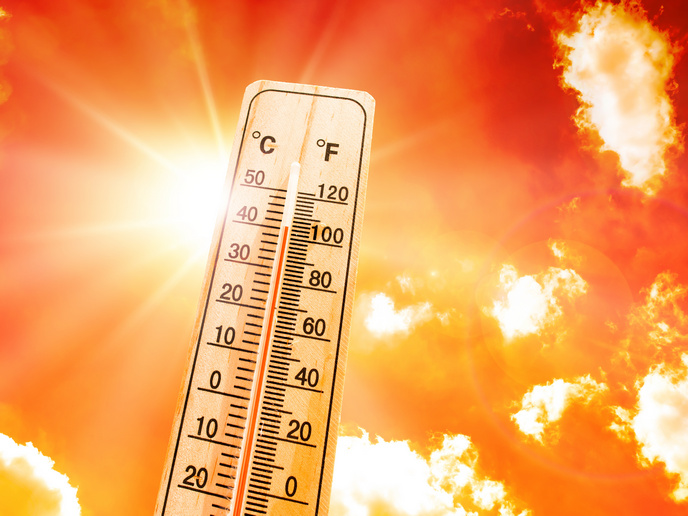Impact of soil moisture on climate change projections
Land-climate interactions mediated through soil moisture and vegetation play a critical role in the climate system, particularly in the occurrence of extreme events such as droughts and heatwaves. However, they are poorly defined in current Earth system models (ESMs), leading to large uncertainties in climate projections. These uncertainties affect the quality and accuracy of projections of temperature, water availability and carbon concentrations, as well as impacts on agriculture, ecosystems and health. In recent years, in situ and remote sensing-based data sets of soil moisture, evapotranspiration, and energy and carbon fluxes have become increasingly available, providing an unrealised potential for reducing associated uncertainties in current climate models. The EU-funded DROUGHT-HEAT project exploited these new information sources to derive observations-based diagnostics to quantify and isolate the role of land-climate interactions in past extreme events and provide a ‘Diagnostic Atlas’. The initiative also evaluated and improved current ESMs and defined climate change projections using the derived diagnostics. Researchers applied this newly gained understanding of the attribution of climate extremes to land processes and their mitigation through land geoengineering.
Computer models
Researchers identified a near-linear scaling of projected regional changes in temperature and precipitation extremes with changes in global warming, allowing them to predict the regional response of extremes at different global warming levels. “This is particularly relevant in the context of the Paris Agreement which aims to limit global warming well below 2 °C and if possible, to 1.5 °C,” says project coordinator Sonia Seneviratne. Scientists also derived observational diagnostics of drought impacts and used them to define projected changes in extremes of heat in Central Europe. “This led to a much more precise estimate of the magnitude of these changes with global warming, indicating a bit less than a doubling of the response compared to the global mean temperature (i.e. about 7 °C increase if global warming reaches 4 °C),” Seneviratne explains. In addition, project partners identified an observed global feedback of droughts on the carbon cycle, which is, however, significantly underestimated in current state-of-the-art climate models. Seneviratne observes: “In years in which continents are on balance much drier than usual, an additional increase in atmospheric CO2 concentration can be identified, most likely due to less uptake by vegetation and increased loss through forest fires.”
Greater accuracy
DROUGHT-HEAT outcomes will therefore allow scientists to derive more precise estimates of projected changes in heatwaves and droughts. In particular, the uncertainty of projections of changes in heat extremes could be heavily reduced in Europe. However, the project also found systematic biases in climate models, related to the representation of drought effects on the carbon cycle. These impacts are also relevant for the global carbon cycle and overall global warming. The project will therefore benefit policymakers, scientists and science communicators, climate negotiators and the general public. “Results from our analyses informed the development of the Intergovernmental Panel on Climate Change special report on 1.5 °C global warming,” Seneviratne says.
Keywords
DROUGHT-HEAT, drought, global warming, CO2, soil moisture, Earth system model, Paris Agreement







